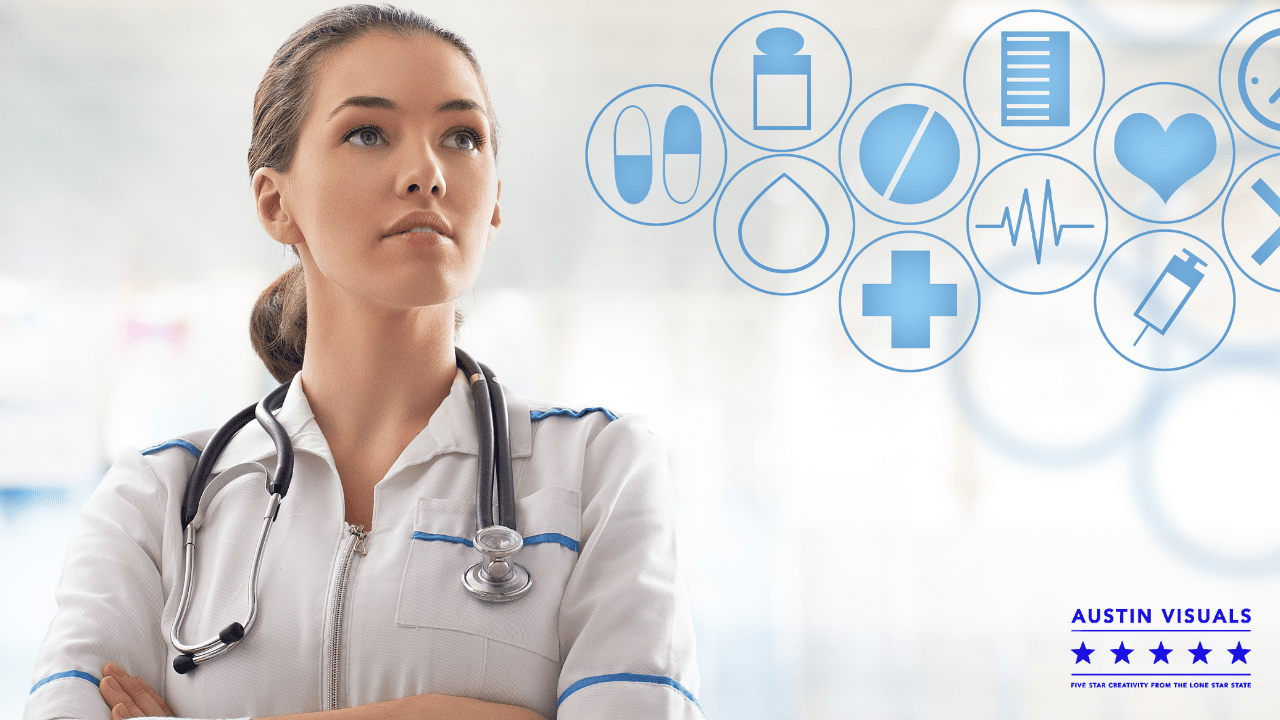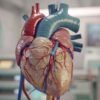
Animations in Medical Education
The use of computer animations in medical education is becoming increasingly popular, and with good reason. Animations are an efficient way to present complex information, reducing time spent reading textbooks. In addition to improving the learning experience, medical education is a highly important and necessary endeavor, as it can directly affect the lives of patients. Continue reading to find out more about animations used in medical education. And remember, your health is at stake.
The earliest examples of medical education that involved animation can be found in the earliest depictions of human anatomy. Ancient Greece was the first civilization to record dissections of human cadavers. This allowed artists to depict the inner workings of the human body in an illustrative manner. Unfortunately, barber-surgeons were not always very patient, limiting their educational effectiveness. The use of medical animations in medical education, has many benefits.
Benefits of Animation In Medical Education

Benefits of Animation In Medical Education
In medical education, animations can help students learn more efficiently. 3D animations can help learners visualize complicated information. These animations help students retain and better understand information. These animations are also useful for engineering students, who learn by visualizing processes. This allows doctors to easily explain complex processes. It doesn’t need to be restricted to medical education. They can also be used in classrooms to demonstrate procedures and processes.
While modern medicine is committed to visual representations of the human body, early technology limited the ability to depict processes in three dimensions. In the early twentieth century, artists began to develop colorful styles that were useful for visualizing information. Computers became more powerful and allowed for three-dimensional medical animations. Despite these difficulties, however, animations continue to be a useful teaching tool. These videos can be used for public awareness campaigns, professional training, and patient education.
Some studies have shown that animations can help students better understand complex information. Recent research in emergency medicine demonstrated the effectiveness of computer-animated simulators. During the training, two groups of participants were assessed on their ability to respond to three different medical emergencies. The experimental group received instruction in a traditional lecture-demo format, while the control group watched a computer-animated demonstration. The accuracy and speed of treatment of the emergency was tested, along with the order of the procedures.
In addition to patient education, animated videos can be used in professional training for doctors and nurses. These videos can be useful in emergency care instruction and provide information about how to administer CPR to a patient. Animations can be used for forensic reconstruction to show the features of a deceased body. Forensic-animations are helpful in enhancing the understanding and memory of dead bodies, a process that is often painful and complex.

Animations in medical education
Animations can be used in medical education to make complex concepts more understandable. A doctor might explain a medical term to a patient in a friendly way. It can also help patients understand complex procedures. It can also save lives in an emergency. So, consider using an animated animation for your educational course. In fact, the benefits of medical animations are many. They are beneficial for nurses and health professionals as well as the general public.
Animations are becoming more popular in medical education. However, there are some drawbacks. For instance, it is expensive to use a computer animation in a classroom. It is also time-consuming and expensive, which can have negative consequences for learners. In clinical settings, it is not practical for educators or students to use animated videos. And the use of narrated videos in medical education requires that the text and audio narrations are synchronized, both in terms of timing and content.
Another benefit of using animations in medical education is its ability to convey complex information more effectively. Educational animations not only help learners visualize the information but also aid in memory retention. They are an integral part of any medical course. They can also be used in other fields. For example, in engineering training, animations can be used to train engineers. It has been proven that patients with poor health literacy are able to understand more information through the use of a cartoon.
Medical Animations Services by AustinVisuals 3D Animation Studio
We are a Medical Animation Company providing 3D Medical Animation, Orthopedic 3D Animation, 3D Renderings, Custom Medical Graphics and Visualization services for the Healthcare profession. From Investor Pitch Videos, to Educational Content, Training, Explainer Videos for New Medical Devices, we create custom presentation Videos and still images to ensure your communication remains on point to your target audience.
Our Services
- Biomedical
- Medical Devices
- Cardiology
- Surgical
- Orthopedic
- Training / E-learning
- Character Animation
- Pharmaceutical
- Social Media / Marketing and Branding
- Explainer
- General Services
Want to know how we can help? Have questions? Have a project to discuss? Message us using the contact form below, email us [email protected] or call us (512) 591-8024 to meet with a member of our team today.



